BYD surpasses Tesla in the European electric vehicle market for the second consecutive month
[PCauto] According to the latest data from the European Automobile Manufacturers Association (ACEA), BYD, a Chinese electric vehicle manufacturer,saw its sales soared in August 2024, posting a 200% year-on-year increase. This strong performance marked the second month in a row the Chinese automaker has surpassed Tesla in the region.
During the same period, Tesla’s sales declined by 36.6%, with its market share shrinking from 2% to 1.2%, while BYD’s market share increased by 1.3 percentage points.
This trend sustained the momentum established back in April 2024,when BYD’s battery-electric vehicle (BEV) registrations in Europe surpassed Tesla’s for the first time, skyrocketing 359% year-on-year—a stark contrast to Tesla’s 49% decline during the same period.
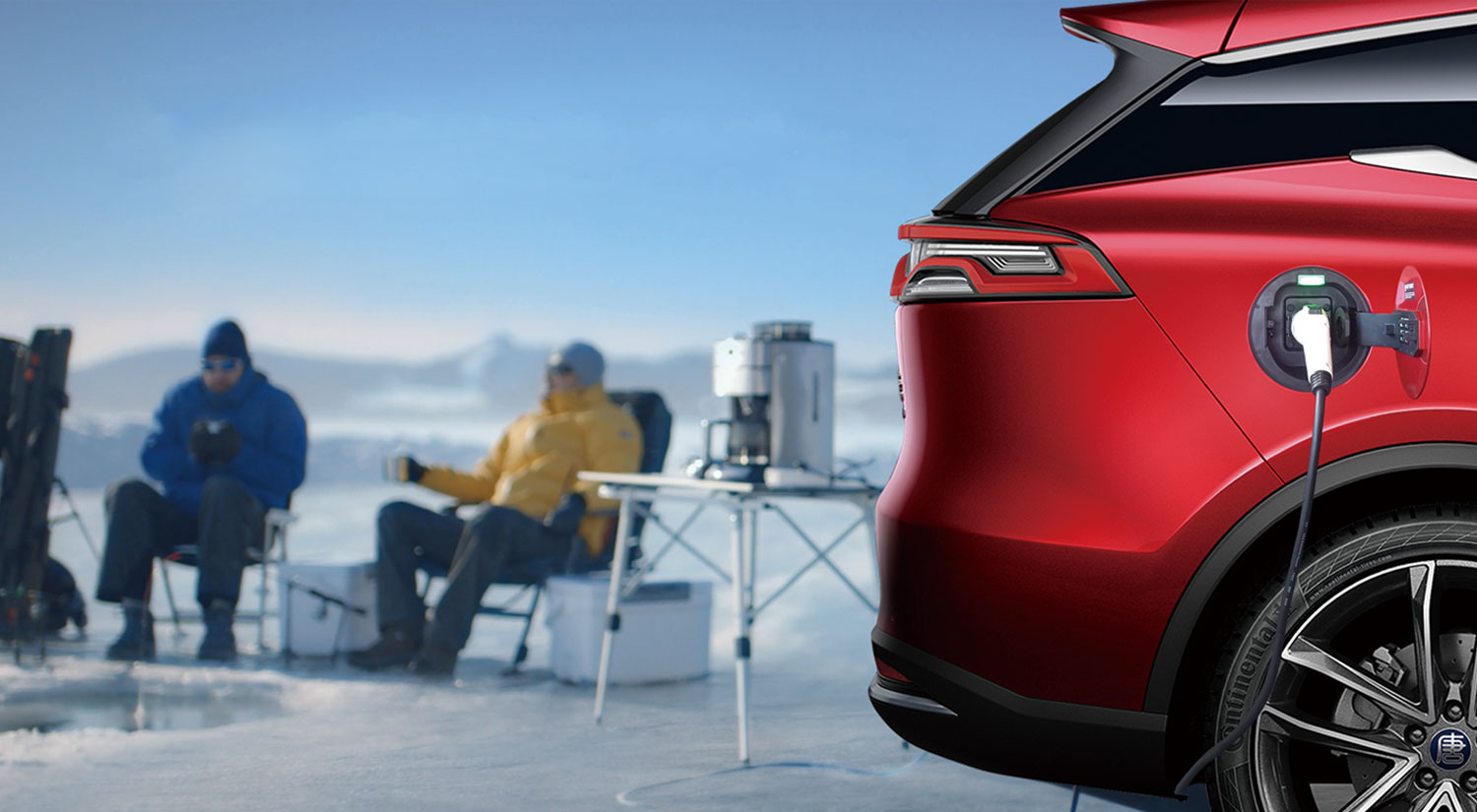
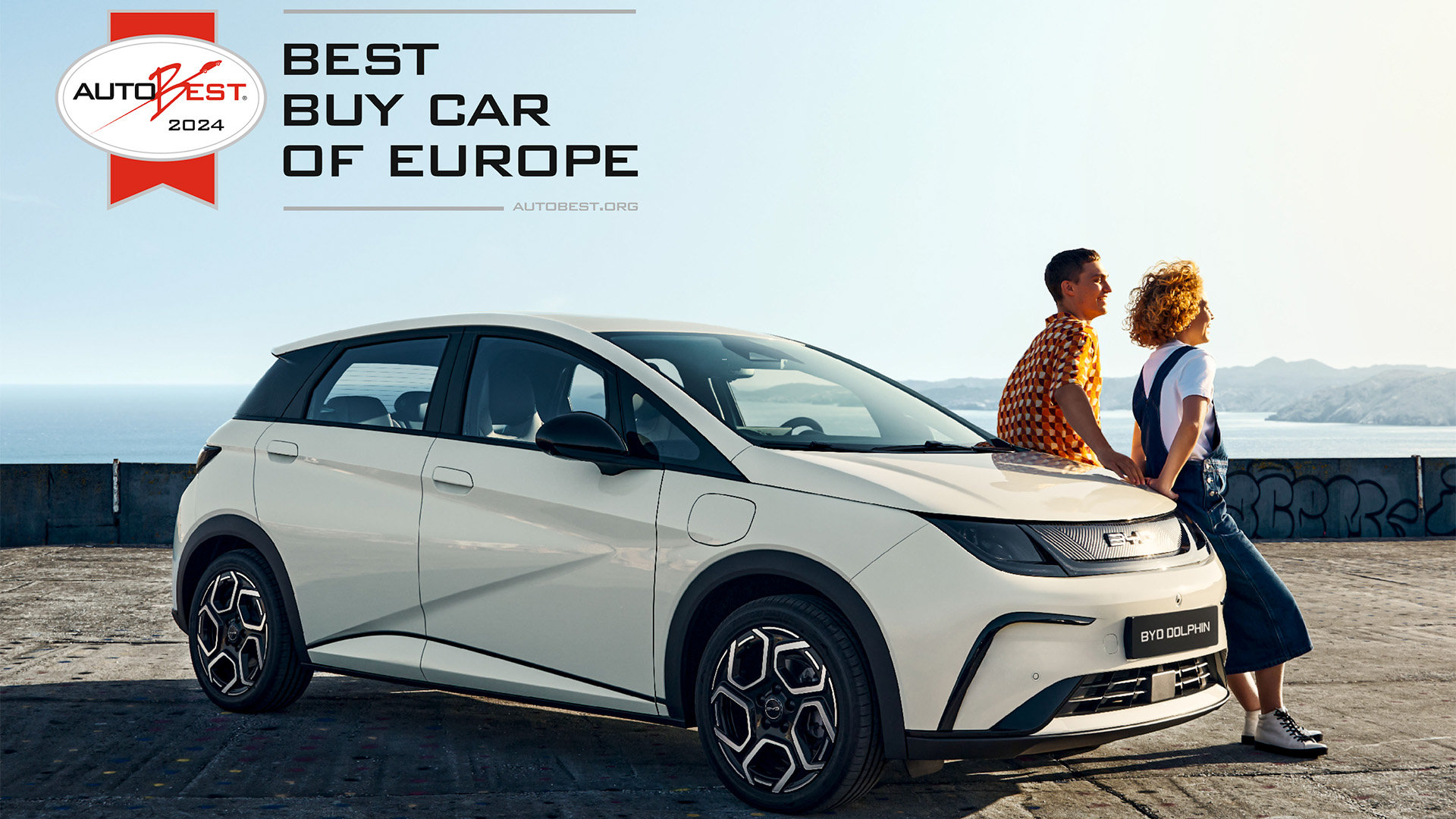
European Market Recovery Facilitates BYD’s Growth
In August 2025, total car sales in Europe increased by 4.7% year-on-year to 800,000 units, with the combined share of plug-in hybrid (PHEV) and battery electric vehicles (BEV) climbed to 62.2%, representing a gain of nearly 10 percentage points compared to the 52.8% share in the same period of 2024.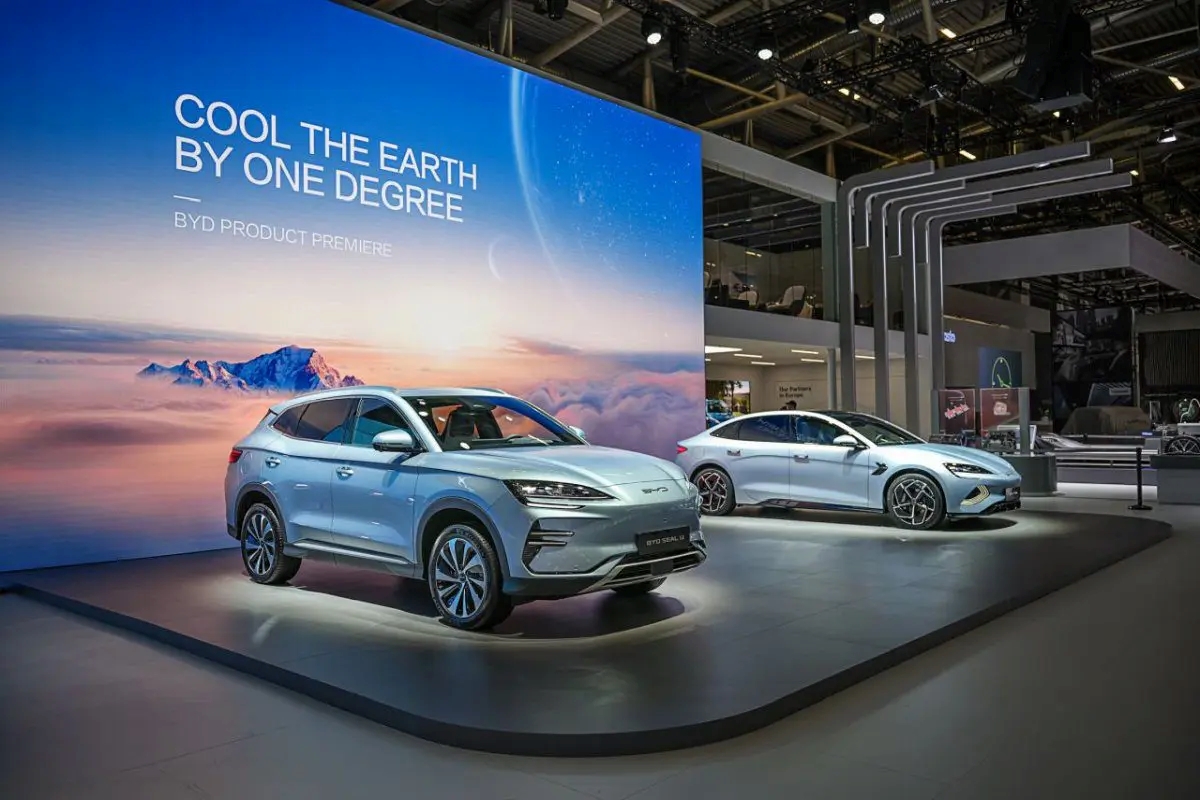
BYD’s rise coincides with a collective push by Chinese brands into the European EV market. The company has skillfully navigated the EU’s tariff barriers on Chinese-made BEVs by leveraging its strong portfolio of PHEV models, which are not subject to the same restrictions.
In April, the sales of Chinese brand PHEVs increased by 546% year-on-year, accounting for nearly 10% of total PHEV sales in Europe. Among them, BYD’s approach, however, has been distinctly more precise, setting it apart from the competition.
On one hand, models like the Dolphin Surf EV, which cover multiple segments, effectively catering to European consumers’ demand for practicality and value-for-money;
On the other hand, the layout of the new factory in Hungary is accelerating the localization of its production capacity, which not only reduces logistics costs but also enhances its responsiveness to local market demands.
Tesla is facing significant pressure in Europe recently
In April, sales of Tesla’s core Model Y fell by 53%, while key competitors like the Volvo EX30 also saw a steeper decline of 57%.
The shift in market share becomes even clearer when looking at the following data: in August 2025, BYD’s European market share rose from less than 1% in the same period in 2024 to 1.3%, while Tesla’s share declined from 2% to 1.2%. This shift has fundamentally reshaped the competitive landscape, propelling Chinese brands from the margins to the mainstream.
As a pioneer of global electric vehicles, Tesla once rapidly captured the European market with the Model 3/Y’s blockbuster success. However, its position in the premium BEV segment is increasingly being squeezed by both domestic and Chinese brands that are quickly catching up.
Additionally, with European consumers becoming more receptive to Chinese brands, companies like BYD are well-positioned to capitalize on this shift.
It’s not just BYD; other Chinese brands are also making progress in the European market. MG, under SAIC Motor, saw its August sales surge 59.4% year-on-year, earning it a spot among Europe’s top 10 best-selling brands for the month.
BYD is also growing in the global market
From January to August 2025, BYD’s global cumulative sales reached 2.8639 million units, a year-on-year increase of over 23%; among them, overseas sales exceeded 630,700 units, surpassing the total overseas sales for the entire year of 2024.
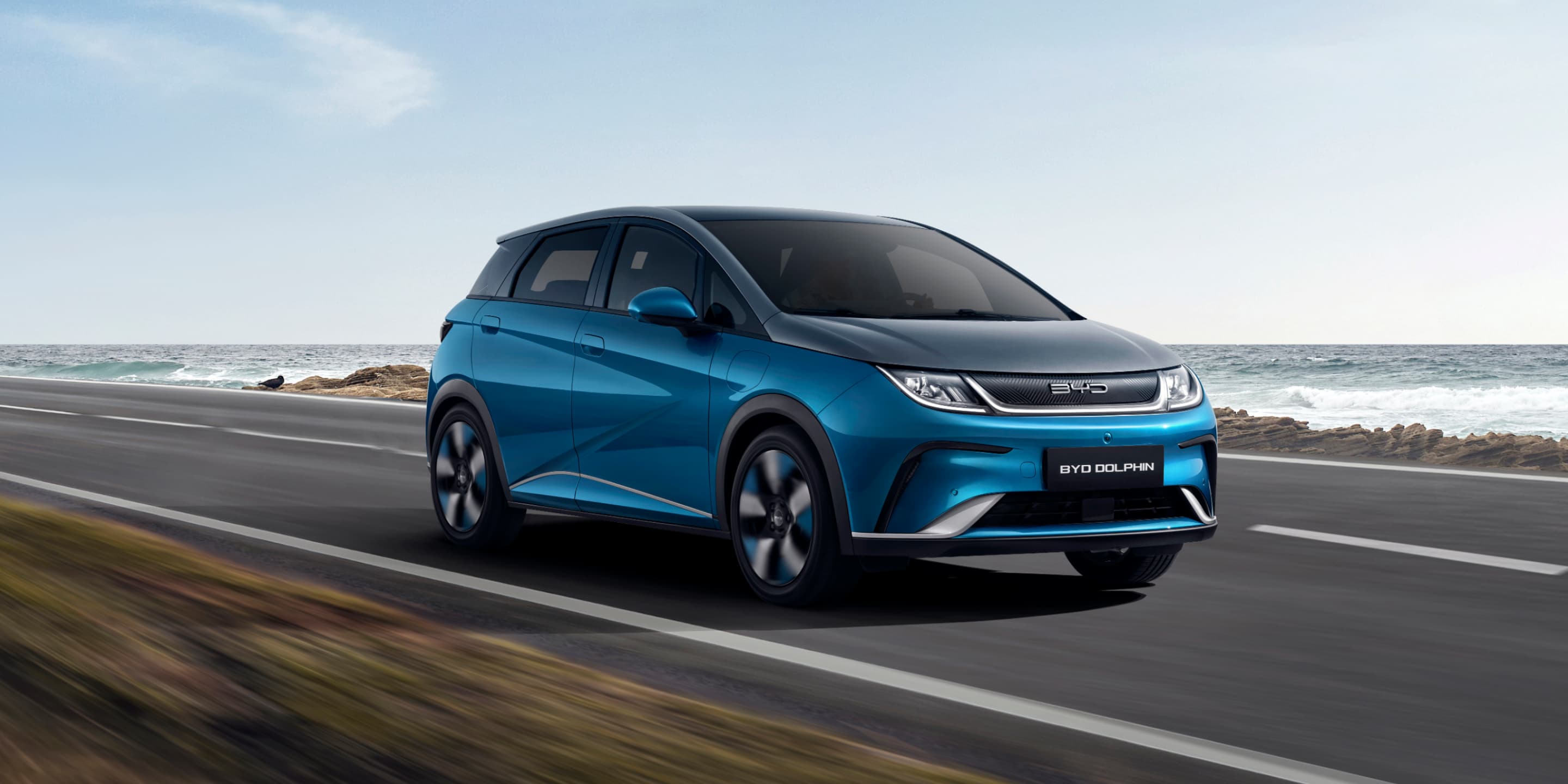
Currently, BYD electric vehicles have entered 112 countries and regions across Europe, Central and South America, and Southeast Asia, and are strategically transitioning into a true global player.
Europe, being the earliest adopter of carbon emission regulations globally, sets an extremely high bar for vehicle safety, range, and intelligent features.
BYD’s consistent outperformance of Tesla in this demanding market signifies that its technology has earned the approval of the world’s most stringent regulators and consumers. This success serves as a powerful endorsement for BYD’s entry into other international markets.
If any infringement occurs, please contact us for deletionFollow Us
Lexus launches LS 500 Heritage Edition in the United States, which may be discontinued afterwards
Kevin WongSep 28, 2025, 04:43 PM
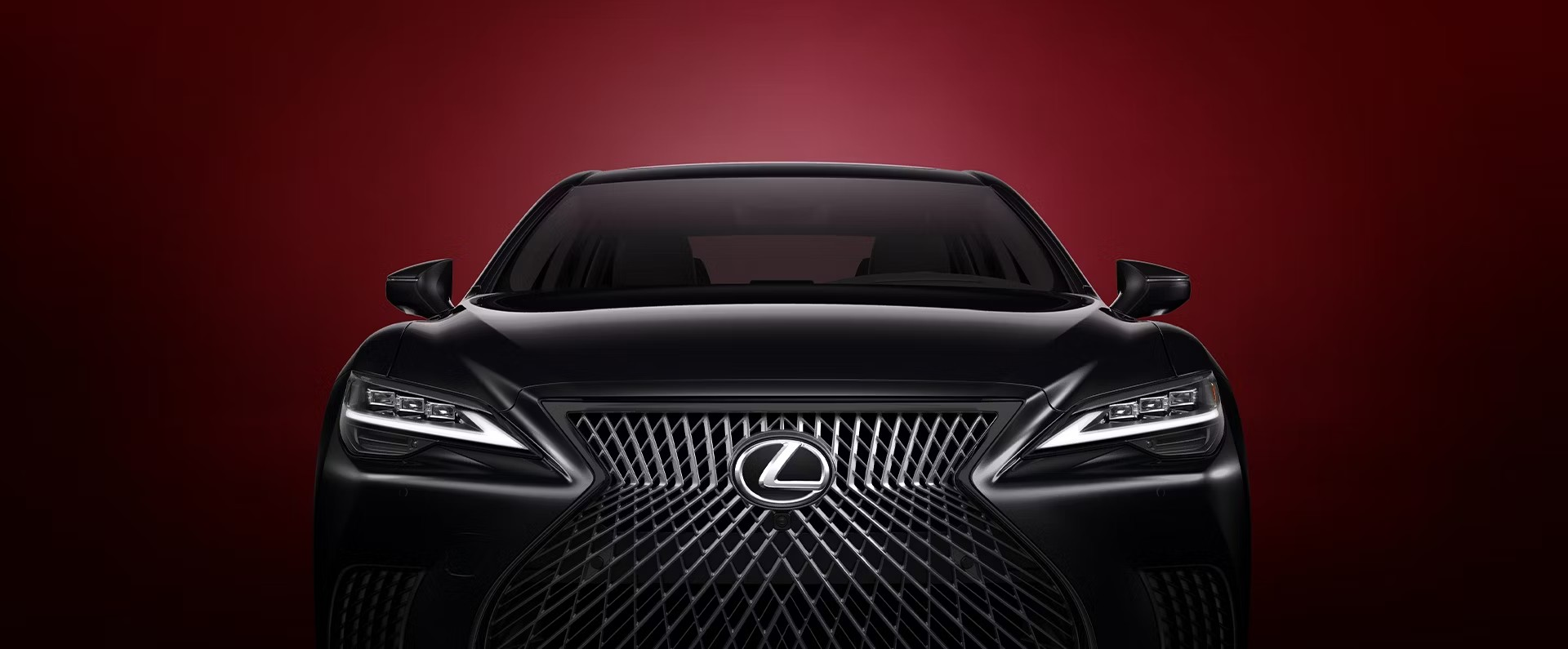 [PCauto] Lexus recently launched the limited 250-unit LS 500 AWD Heritage Edition in the U.S. market, which is not only the sole configuration for the 2026 model year but also the final chapter of the LS series in the North American market.
[PCauto] Lexus recently launched the limited 250-unit LS 500 AWD Heritage Edition in the U.S. market, which is not only the sole configuration for the 2026 model year but also the final chapter of the LS series in the North American market.
It is understood that after the Heritage Edition, there will be no successor models for the LS. In other words, this flagship sedan, which has been part of the brand since its inception in 1989, is about to conclude its 36-year journey.
Prior to the launch of the Heritage Edition, LS sales in the U.S. had already shown signs of fatigue, delivering only 691 units in the first half of 2025, a year-on-year decline of 42.3%.
LS rose to fame with the Champagne Tower Experiment
The legend of the LS series began with the launch of the LS 400 in 1989, a model that became famous thanks to the groundbreaking Champagne Tower Experiment.
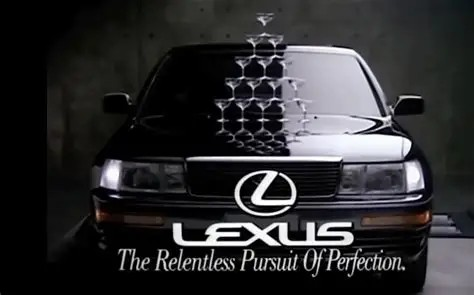 In the classic commercial of that year, the LS 400, with 15 champagne glasses stacked on its hood, drove at a speed of 233 km/h. The scene of the tower remaining perfectly stable became one of the most iconic marketing cases in the automotive industry.
In the classic commercial of that year, the LS 400, with 15 champagne glasses stacked on its hood, drove at a speed of 233 km/h. The scene of the tower remaining perfectly stable became one of the most iconic marketing cases in the automotive industry.
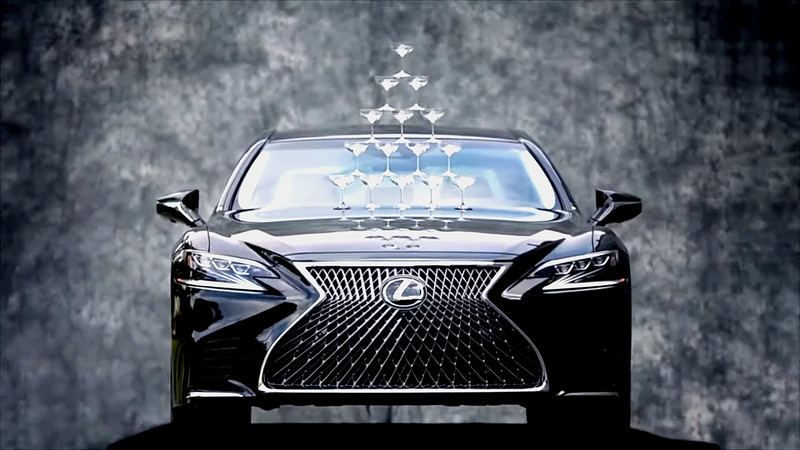
Over the course of 36 years of evolution, the LS series has continued to innovate and maintain its flagship status.
The current generation inherits the first-generation DNA, featuring a 3.4-liter twin-turbo V6 engine delivering 416 horsepower, paired with a 10-speed automatic transmission and an all-wheel-drive system with a Torsen limited-slip differential.
Its Lexus Safety System+ 3.0 safety suite integrates advanced features like the Pre-Collision System and Lane Tracking Assistance, while configurations such as the Mark Levinson audio system and Ottoman executive seats set the benchmark for Japanese luxury.
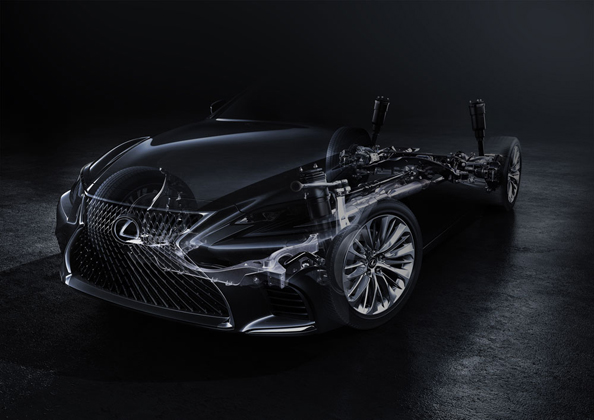
LS 500 Heritage Edition adopts an exclusive design language to pay tribute to history
As Lexus officially confirms that the LS series will exit the North American market after the 2026 model year, the limited edition of 250 units, LS 500 AWD Heritage Edition, marks the swan song of this legendary flagship.
Every detail of this special edition embodies the 36 years of technical accumulation and design philosophy of the LS series, with elements meticulously designed far beyond mere surface decorations.
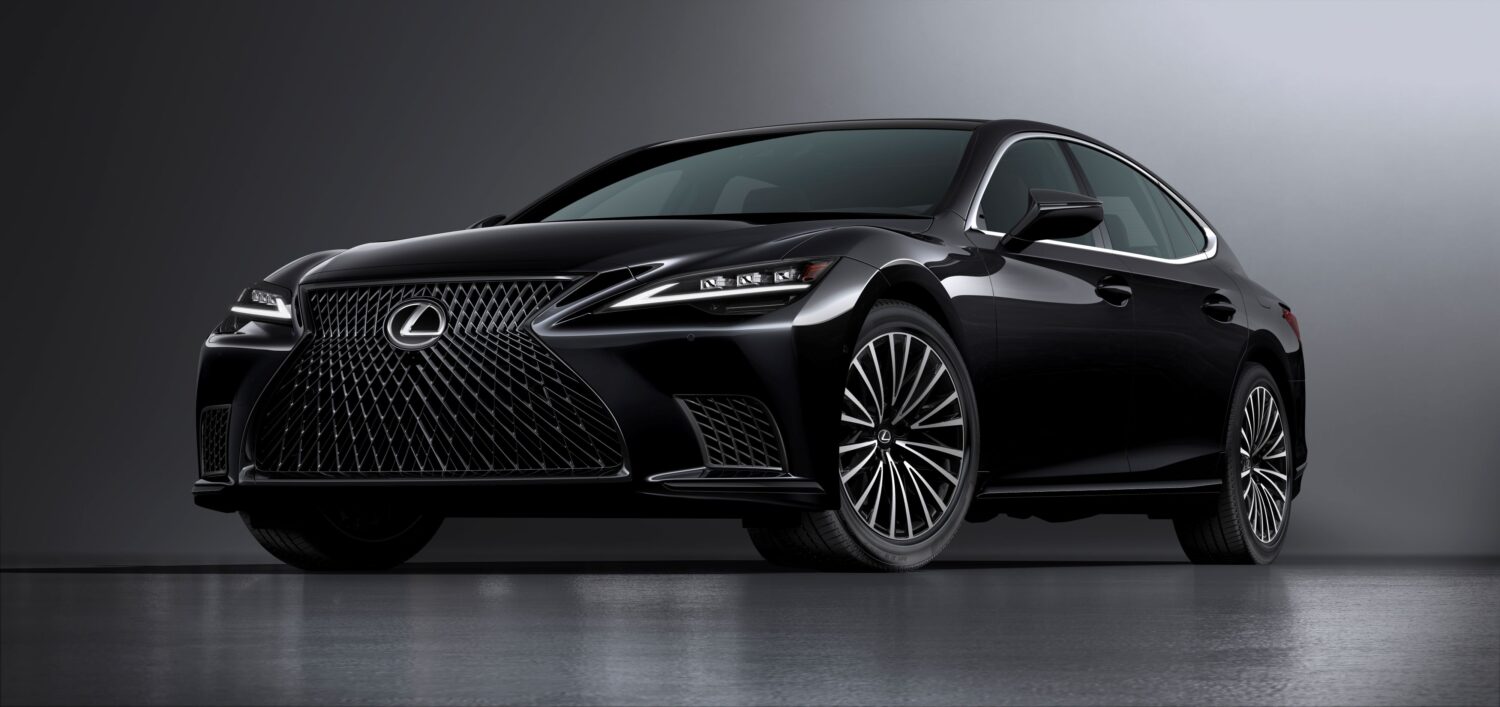
The most striking feature of the Heritage Edition is its unique Ninety Noir paint finish. This paint finish is achieved through a seven-layer coating process, incorporating specially formulated mica particles that create a subtle gradient effect from deep black to warm gray under light refraction.
Compared to the standard LS paint finish, this special formulation requires an additional three days of application time, with each Heritage Edition’s body paint undergoing an intricate polishing process that lasts up to 22 hours.
The matched 20 inch forged aluminum alloy wheels are coated with “Dark Graphite” deep graphite color, and their ten spoke design is inspired by the wheel shape of the first generation LS 400. However, modern manufacturing technology has reduced the weight by 1.8 kilograms while maintaining classic aesthetic elements.
In the interior, the seats wrapped in Rioja Red semi-aniline leather are the most prominent feature of the Heritage Edition. This leather is sourced from premium hides from specific European ranches, processed using a vegetable tanning technique that preserves the natural grain while ensuring excellent durability.
In terms of stitching technology, Lexus craftsmen use unique patterned stitching that requires 12 precision stitches per inch, and the seat alone takes over 18 hours of manual production time.
The Heritage Edition exclusive badge on the center console is not a simple decorative sticker; instead, it is created using laser engraving technology with a precision of 0.3 millimeters, permanently etching the LS body silhouette onto the surface of the wooden panel.
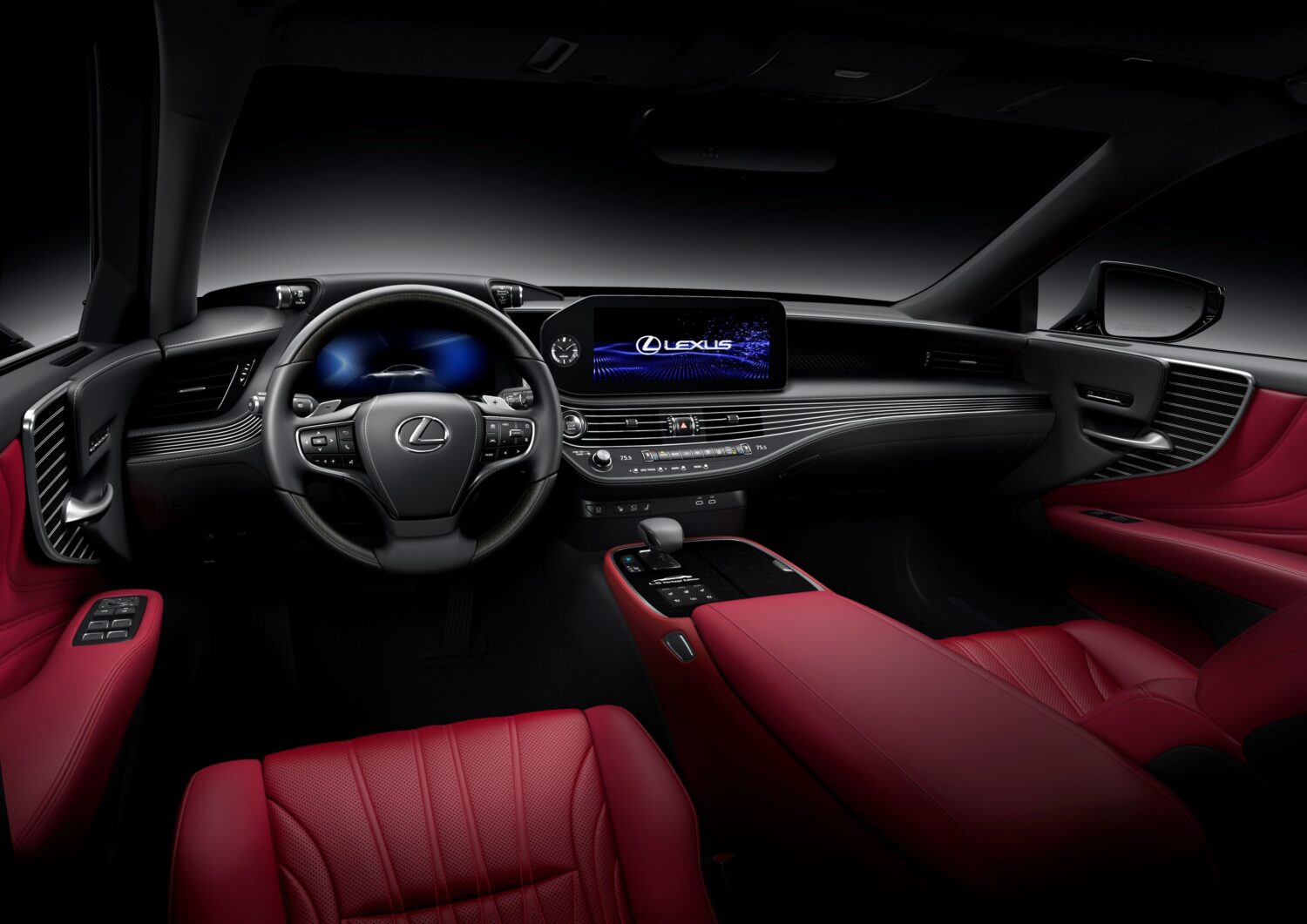
In terms of technical configuration, the Heritage Edition comes standard with an upgraded Advanced Park system. This system adds a “Memory Parking” function, capable of recording a driving path up to 100 meters long, enabling fully autonomous parking operations in complex parking environments.
The Mark Levinson® Reference surround sound system equipped in the car has also been specially tuned. The newly added “Heritage Mode” can simulate the sound field characteristics of the first-generation LS 400 audio system, paying tribute to the classic.
As for the chassis, although it retains the same 3.4-liter V6 twin-turbocharged engine as the standard LS model, engineers have re-optimized the active noise cancellation system, with adjustments specifically compensating for the acoustic characteristics of the 20-inch wheels.
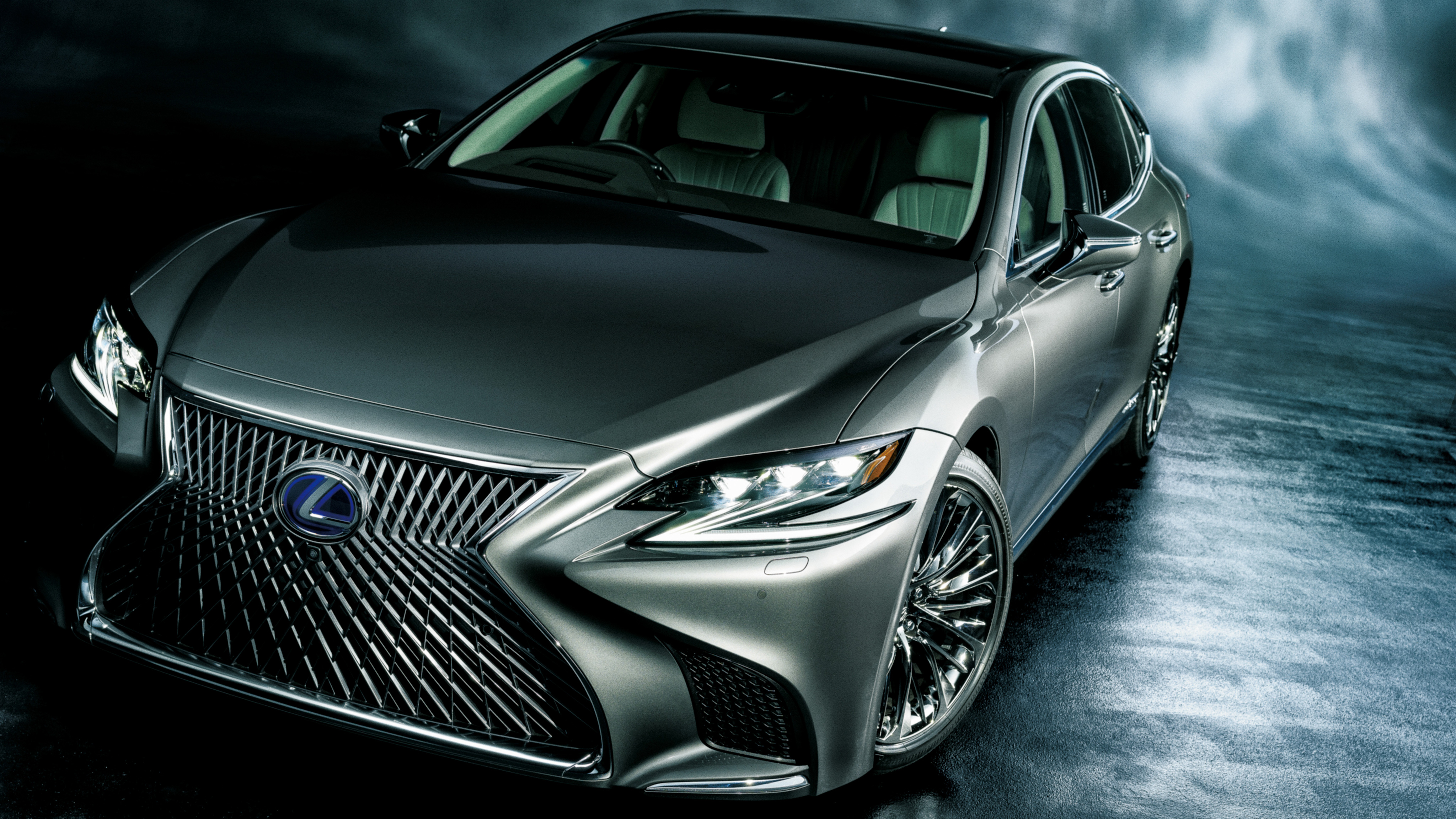
Faced with the fact that consumers are increasingly preferring SUVs in the market, the sales scale of LS has shrunk before BMW 7 Series and Benz S-Class, so it has to face the end of production stoppage. As an important market for Lexus, the plan of LS in the United States may soon be implemented in other parts of the world, but the time is uncertain.
If any infringement occurs, please contact us for deletionFollow Us



